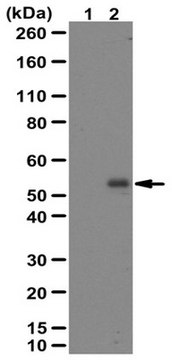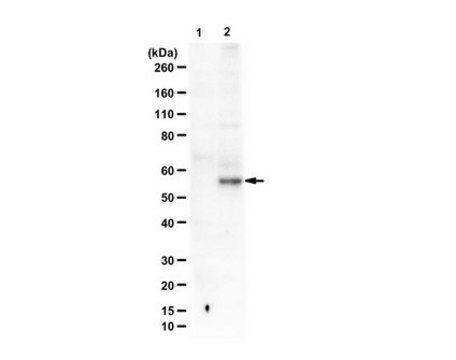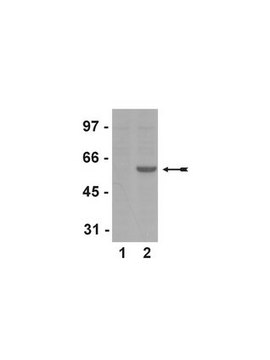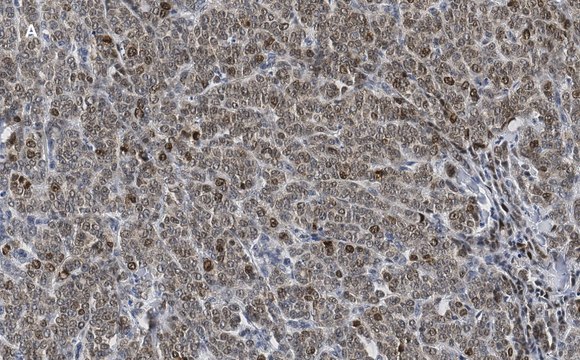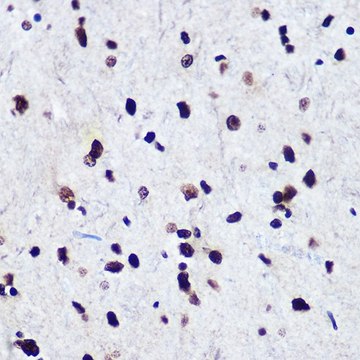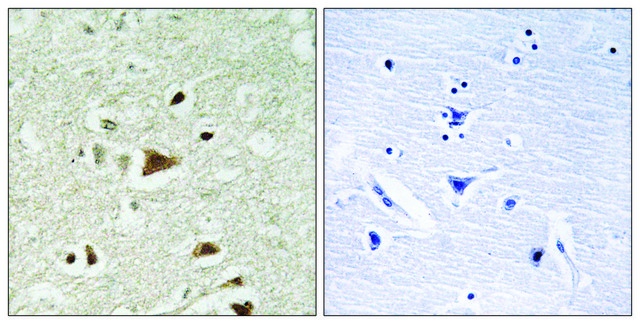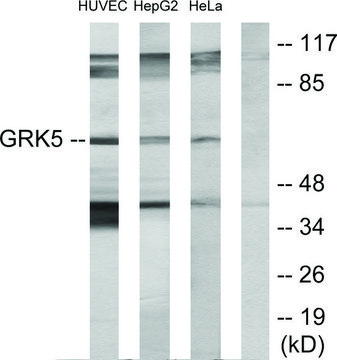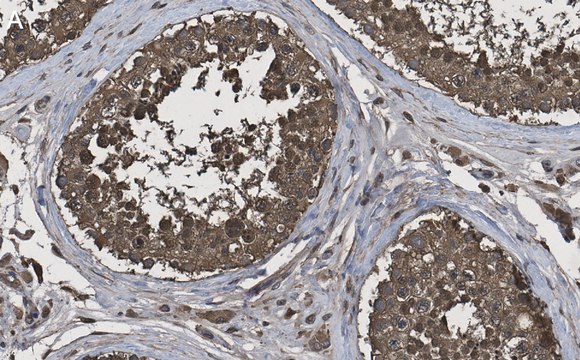AB3849
Anti-Smad2 Antibody, phospho-specific (Ser465/467)
别名:
MAD, Mad, Mad protein homolog 2, Mad-related protein 2, Mothers against DPP homolog 2, SMAD, SMAD 2, SMAD family member 2, Sma- and Mad-related protein 2, mother against DPP homolog 2, mothers against DPP homolog 2, mothers against DPP homolog 2 (Drosophila), mothers against decapentaplegic homolog 2, mothers against decapentaplegic homolog 2 (Drosophila)
About This Item
推荐产品
生物来源
rabbit
抗体形式
affinity purified immunoglobulin
克隆
polyclonal
纯化方式
affinity chromatography
using Protein A
种属反应性
zebrafish (100% sequence similarity), mouse, human, rat, Xenopus (100% sequence similarity), chicken (100% sequence similarity)
制造商/商品名称
Chemicon®
技术
immunocytochemistry: suitable
immunofluorescence: suitable
immunohistochemistry: suitable (paraffin)
western blot: suitable
NCBI登记号
UniProt登记号
一般描述
特异性
免疫原
应用
Epigenetics & Nuclear Function
Transcription Factors
1:1,000 dilution of a previous lot was used. For best results, incubate membrane with diluted antibody in 5% w/v nonfat dry milk, 1X TBS, 0.1% Tween-20 at 4°C overnight with gentle agitation.
Immunohistochemistry (Paraffin):
1:2000 dilution of a previous lot was used.
Immunocytochemistry (IF):
1:500 dilution of a previous lot was used.
Optimal working dilutions must be determined by the end user.
目标描述
外形
储存及稳定性
分析说明
POSITIVE CONTROL: TGF-β treated HepG2 cells.
其他说明
法律信息
免责声明
法规信息
我们的科学家团队拥有各种研究领域经验,包括生命科学、材料科学、化学合成、色谱、分析及许多其他领域.
联系技术服务部门